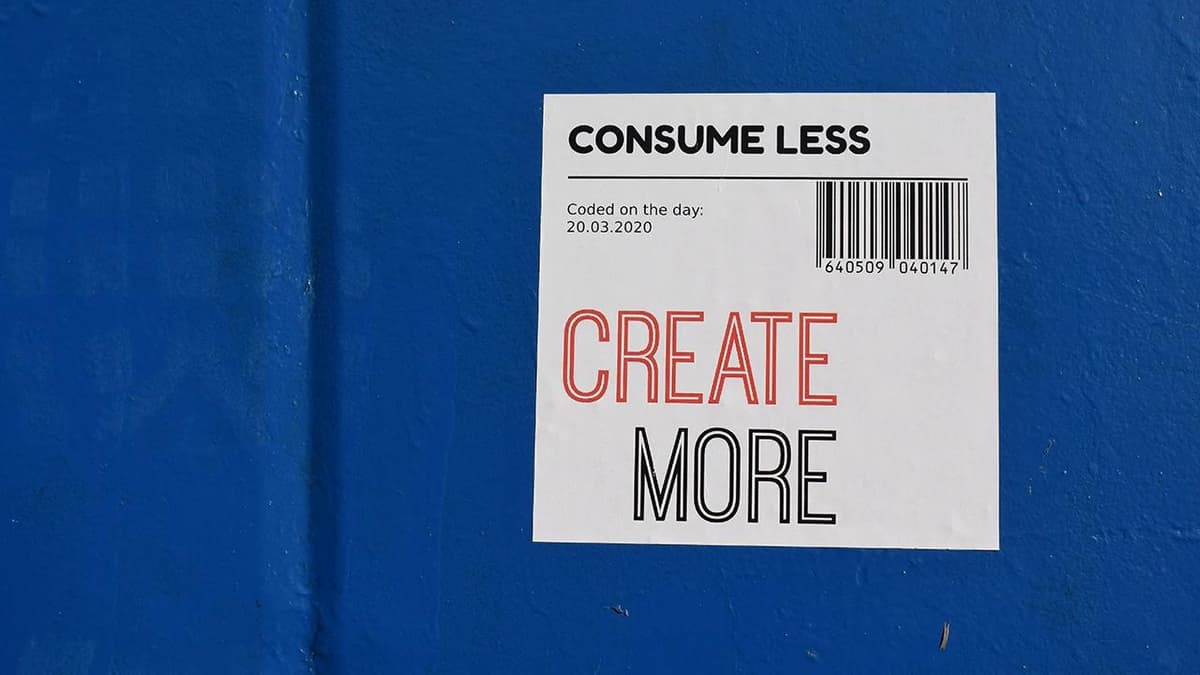How to Efficiently Manage State in a React Application Using the useContext Hook
Have you ever found yourself in a React.js project dealing with complex state management and struggling to pass props down multiple component levels? Fear not, as there is a solution that can simplify your state management and help you avoid prop drilling: the useContext hook.
Understanding the Problem
In React, passing props between deeply nested components can quickly become unwieldy, leading to a cluttered and inefficient codebase. This problem is commonly referred to as "prop drilling," where props are passed down multiple levels even if some intermediate components do not use them.
The traditional approach to managing state in React involves lifting state up to shared parent components or using libraries like Redux. While effective, these solutions can add unnecessary complexity to simpler applications and require boilerplate code.
Introducing the useContext Hook
The useContext hook in React provides a lightweight and elegant solution to share state between components without prop drilling. This hook allows you to create a centralized state container that can be accessed by any component in your application without passing props explicitly.
To get started, you need to create a context using the createContext function provided by React. This context will serve as the single source of truth for your shared state.
Jsx
Next, you can define a provider component that wraps your application and sets the initial state using the useState hook. This provider component will be responsible for managing the state and providing it to child components through the context.
Jsx
Now, you can consume the context in any child component by using the useContext hook and passing the context you created earlier. This allows you to access the shared state and update it within the component without prop drilling.
Jsx
Benefits of Using the useContext Hook
By leveraging the useContext hook for state management in your React application, you can enjoy several benefits:
-
Simplified Data Flow: With the useContext hook, you can access and update shared state without the need to pass props down the component tree manually.
-
Reduced Boilerplate: Compared to traditional state management solutions like Redux, using the useContext hook requires less boilerplate code, making your codebase cleaner and more maintainable.
-
Improved Performance: Since the useContext hook provides a direct path to access state, your components can efficiently retrieve the necessary data without unnecessary re-renders.
Best Practices for Using the useContext Hook
To make the most of the useContext hook in your React application, consider following these best practices:
-
Create Separate Contexts: Instead of having a single global context for all state, consider creating multiple contexts for different parts of your application to keep your code modular and maintainable.
-
Optimize Re-Renders: To prevent excessive re-renders, consider using memoization techniques like React.memo or the useCallback hook when defining components that consume the context.
-
Limit Context Size: Avoid storing large amounts of data in context to maintain optimal performance. Only store essential state that needs to be shared across multiple components.
By embracing the useContext hook in your React application, you can streamline your state management and improve the overall efficiency of your codebase. Say goodbye to prop drilling and unnecessary complexity, and instead, embrace a more elegant and straightforward approach to handling state in your components.
Next time you find yourself wrestling with state management in React, remember the power of the useContext hook and how it can transform your development experience for the better.












